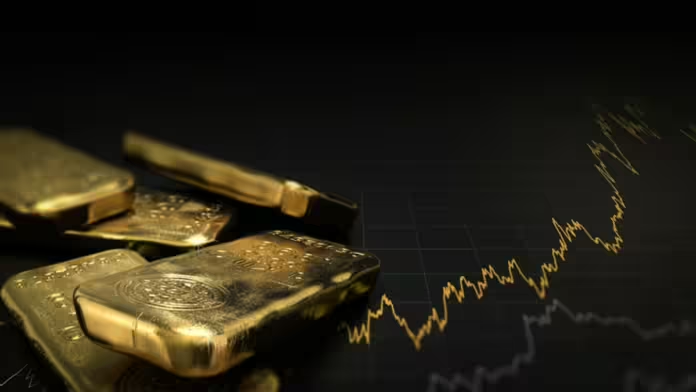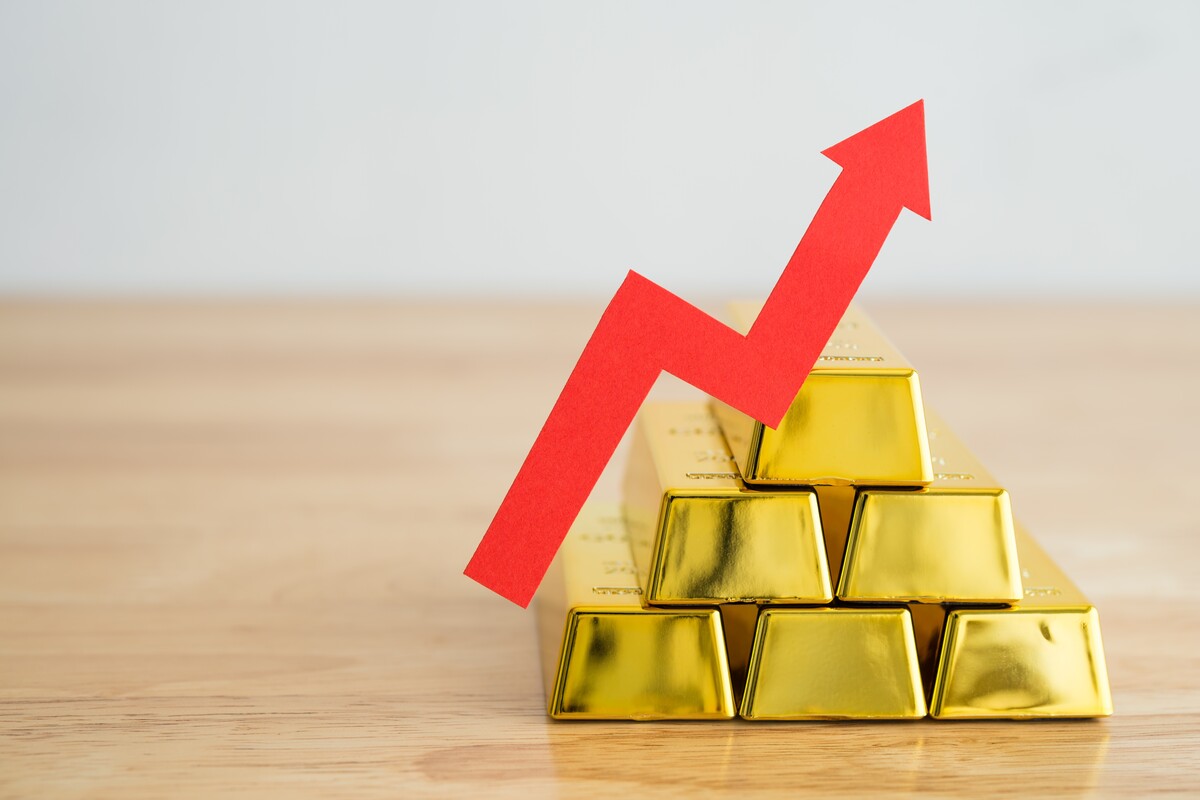
Gold Prices have soared to ₹78,480 per 10 grams, setting the stage for a busy festive season as demand spikes in anticipation of Dhanteras and Diwali. But the rising cost of this precious metal is not just a seasonal occurrence; it’s the result of a complex blend of global economic conditions, geopolitical tensions, and investor sentiment. In this article, we will explore why gold prices are climbing, what factors are driving these increases, and how they impact both consumers and investors.
Why Are Gold Prices Rising?
The recent spike in gold prices can be attributed to a combination of seasonal demand and broader economic forces. As the festive season approaches in India, there is a traditional rush to purchase gold, particularly during Dhanteras, a day considered auspicious for buying precious metals. Local jewellers are stockpiling gold to meet the demand for not only Diwali but also the upcoming wedding season, further boosting prices.

However, the seasonal demand is only one aspect of the equation. Rising inflation has made gold an attractive investment option, as it is often seen as a hedge against inflationary pressures. Additionally, global geopolitical tensions, particularly in the Middle East, are driving safe-haven investments, leading to increased demand for both gold and silver.
Geopolitical Tensions and Their Impact on Gold Prices
Geopolitical unrest is another key factor pushing gold prices higher. The ongoing conflict between Israel and militant groups in Gaza has triggered uncertainty in global markets. Historically, during times of political instability or military conflict, investors flock to gold as a safe-haven asset.
The unrest has not only heightened investor interest in precious metals but has also contributed to market volatility, with significant fluctuations in other asset classes. This risk-aversion behavior is evident in the surging prices of both gold and silver, which are now trading at ₹78,480 per 10 grams for gold and ₹1,00,270 per kilogram for silver.
How Global Economic Factors Influence Gold Prices
Beyond geopolitical concerns, macroeconomic factors such as interest rates, currency values, and inflation play a significant role in shaping gold prices. A weakening of the US dollar often leads to higher gold prices, as the metal becomes cheaper for foreign investors to purchase. Recently, the global economy has seen sluggish growth, prompting central banks, including the U.S. Federal Reserve, to consider rate hikes or maintain existing high interest rates. This environment pushes investors toward gold, further driving up demand and prices.
The state of the world economy also influences gold prices. For instance, sluggish economic growth can reduce consumer spending and increase the likelihood of central banks opting for policies that inflate currency values. In turn, these policies can make gold more appealing as a hedge against weakening currencies, which is currently the case.
What Drives Silver Prices?
While gold prices have garnered much attention, silver has also seen a significant surge. Trading at ₹1,00,270 per kilogram, silver prices have crossed the ₹1 lakh mark in major Indian cities, such as Delhi, Mumbai, and Chennai. Like gold, silver benefits from its role as a safe-haven asset during times of economic uncertainty.
Moreover, silver’s industrial uses make its price more sensitive to fluctuations in manufacturing demand. Any disruption in industrial production, whether due to geopolitical tensions or supply chain constraints, can cause a ripple effect on silver prices. With inflationary pressures and geopolitical instability, silver has experienced a similar upward trajectory as gold, driven by both investor demand and industrial needs.
The Role of Inflation in Gold Prices
Inflation is another major driver of rising gold prices. With inflation rates climbing globally, consumers and investors are looking for ways to preserve their wealth. Historically, gold has been viewed as a store of value during periods of high inflation, which is why it remains a popular choice for investors today. As the cost of living increases, so does the demand for gold, pushing prices higher.
In India, inflation has had a direct impact on gold prices. As the cost of essential commodities like food and fuel rise, people turn to gold as a way to safeguard their wealth. This behavior is particularly evident in times of economic instability when traditional investment vehicles, like stocks and bonds, become riskier.

How Do Gold Prices Vary Across Regions?
Gold prices are not uniform across the country. For instance, the price of 10 grams of 24K gold in Delhi was ₹78,660, while in Chennai it was ₹79,020, as per data from the India Bullion and Jewellers Association. These regional differences can be attributed to several factors, including transportation costs, local taxes, and varying demand levels across different cities.
Similarly, silver prices also fluctuate slightly depending on the region. In Chennai, silver was priced at ₹99,990 per kilogram, while in Delhi it was trading at ₹99,560. These differences, although minor, reflect the broader economic conditions affecting the supply and demand of precious metals across the country.
What Does the Future Hold for Gold Prices?
With the festive season in full swing and global uncertainties showing no signs of abating, gold prices are likely to remain high in the coming weeks. However, the long-term outlook for gold is more uncertain. If geopolitical tensions ease and global economic conditions stabilize, we may see a softening in prices. Conversely, any escalation in conflict or continued inflationary pressures could push gold prices even higher.
For investors, this presents a crucial question: Is now the right time to invest in gold? While the current environment suggests that gold may continue to perform well, especially as a hedge against inflation, it is also important to consider the potential for market corrections once the geopolitical situation stabilizes.
Conclusion: Navigating the Rise in Gold Prices
As gold prices soar to ₹78,480 per 10 grams, driven by a mix of festive demand, inflation, and geopolitical tensions, the precious metal remains a focal point for both investors and consumers alike. Whether you’re buying gold for personal use or as an investment, understanding the factors driving these price changes is essential.
While short-term spikes in prices may offer opportunities for profit, it’s important to remain aware of the broader economic conditions that will shape the future of the gold market.
